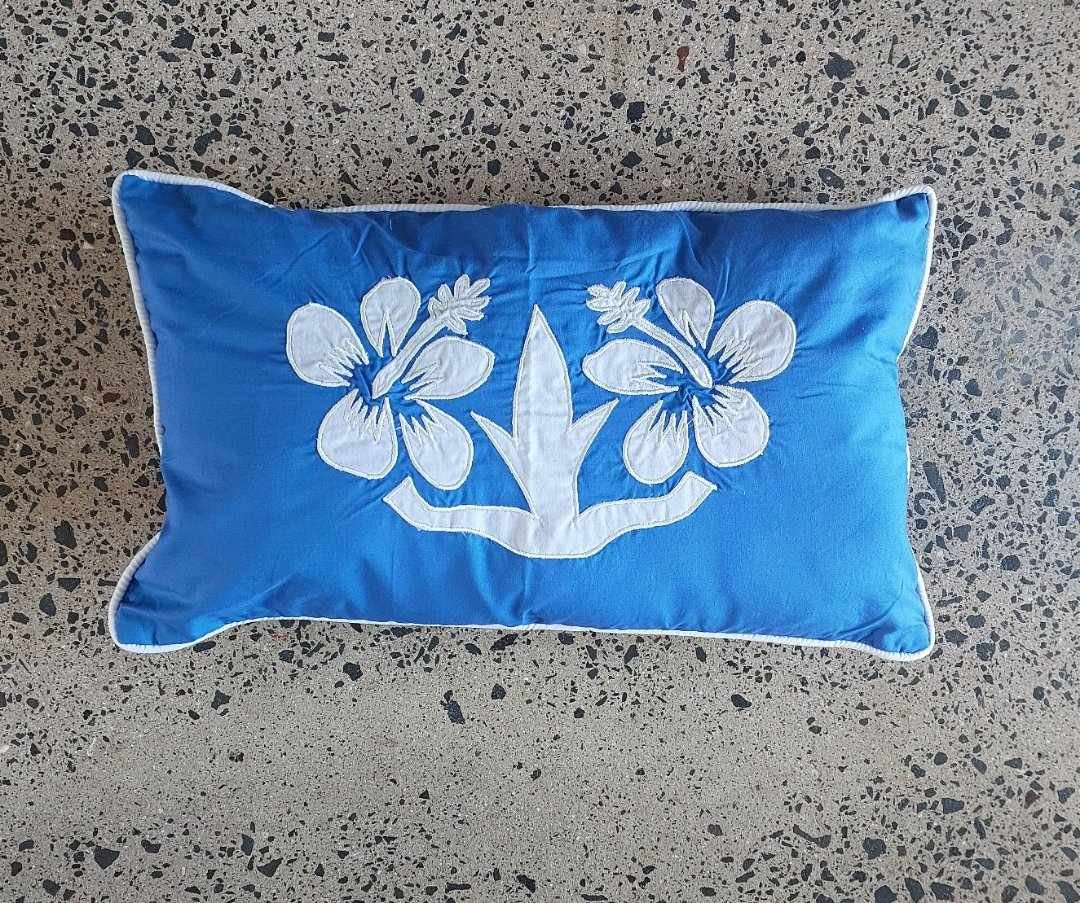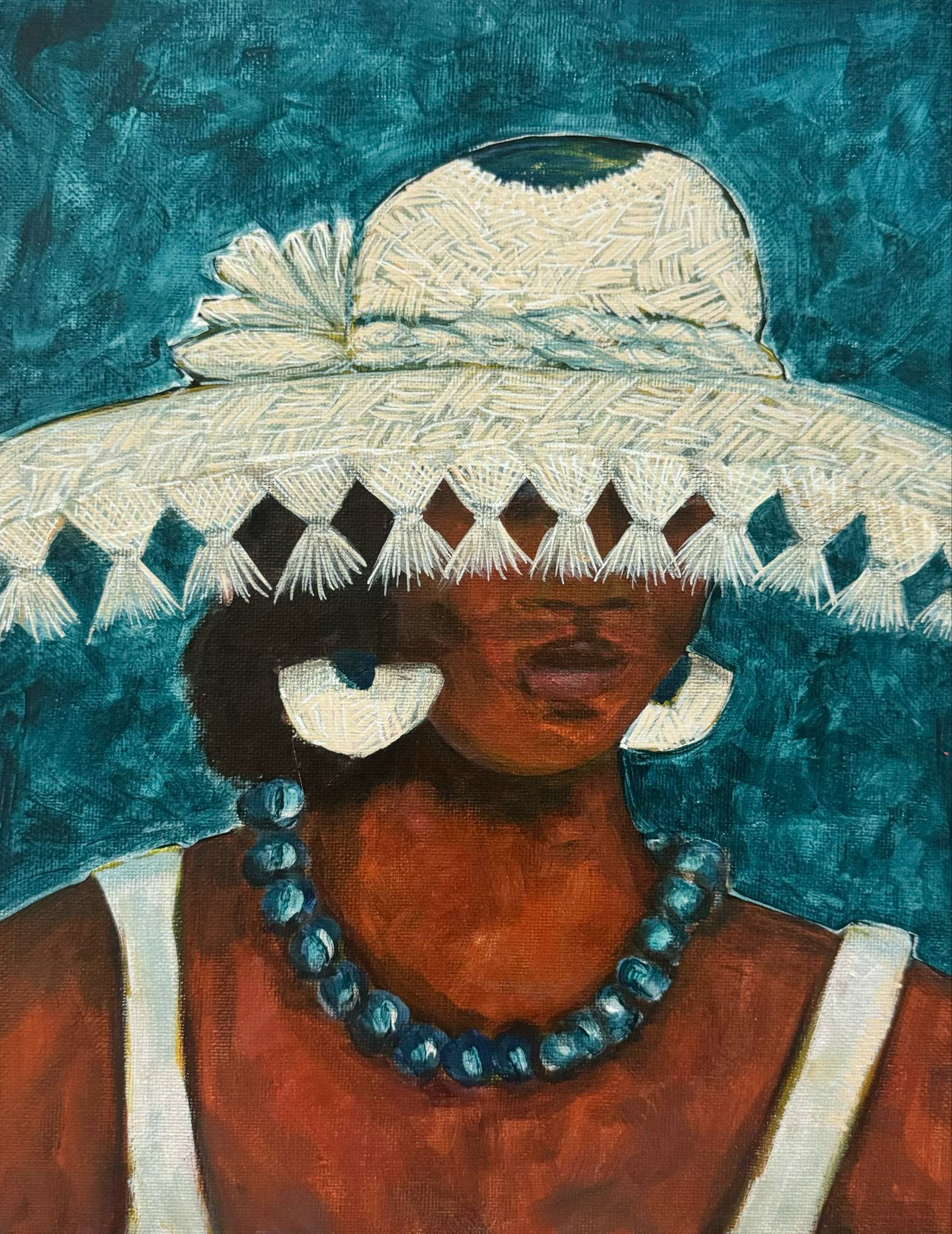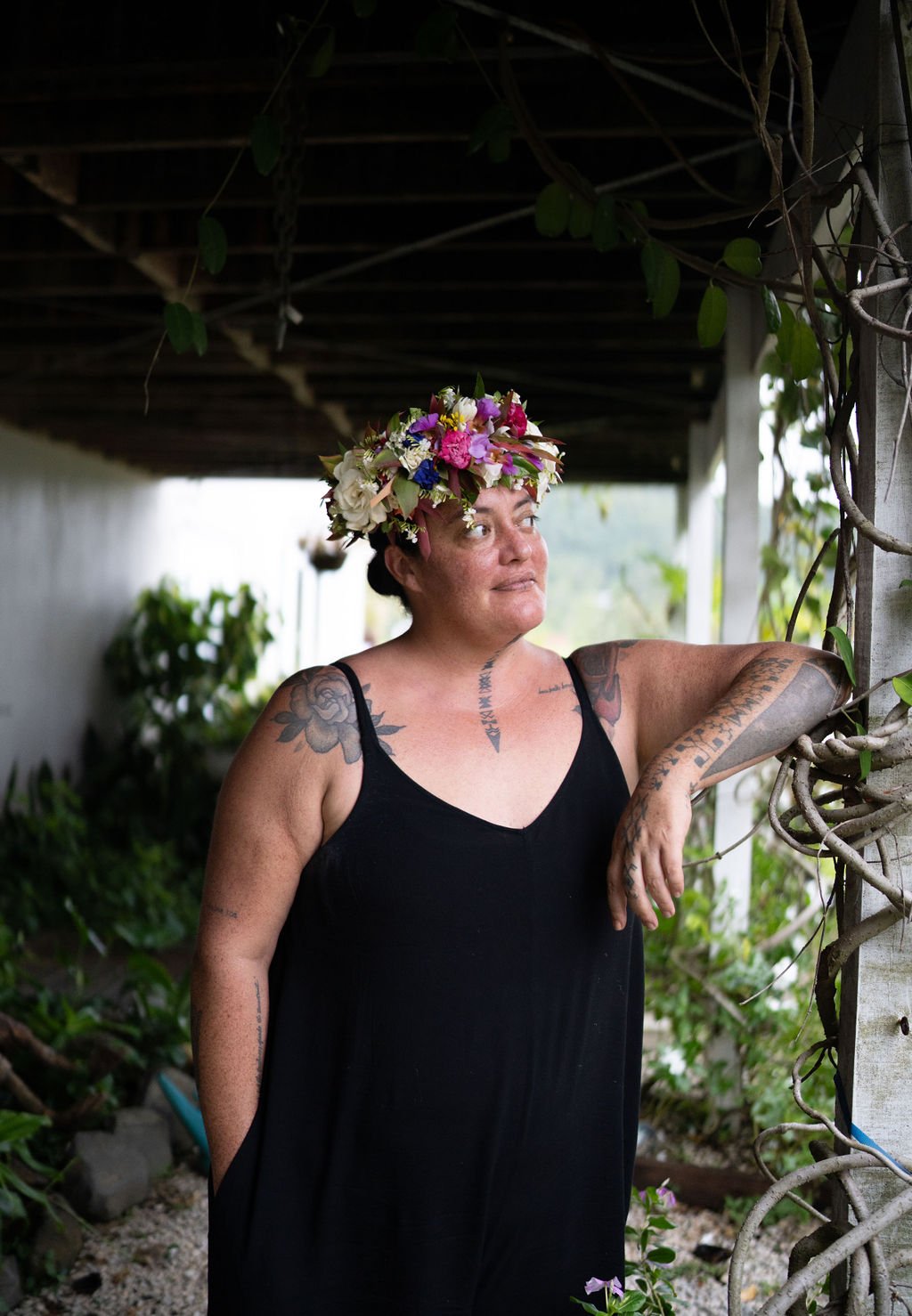 Image 1 of 11
Image 1 of 11

 Image 2 of 11
Image 2 of 11

 Image 3 of 11
Image 3 of 11

 Image 4 of 11
Image 4 of 11

 Image 5 of 11
Image 5 of 11

 Image 6 of 11
Image 6 of 11

 Image 7 of 11
Image 7 of 11

 Image 8 of 11
Image 8 of 11

 Image 9 of 11
Image 9 of 11

 Image 10 of 11
Image 10 of 11

 Image 11 of 11
Image 11 of 11












Rito earrings
Rito, a product now strongly associated with the northern group of the Cook Islands.
Today, Penrhyn, along with Manihiki and Rakahanga, are the main islands of the Cook Islands producing rito products. Rito is a fine, white natural fibre derived from the young leaves of the coconut palm tree. Every coconut tree produces two spathes of immature leaves but only one will be cut for use as removing both will reputedly kill the tree.
In the past, rito products, including belts, fans, purses and hats were made throughout the Cook Islands, but the craft seems to have faded away in the southern group by the early 1990s.
According to Sir Peter Buck, a New Zealand anthropologist, rito weaving was introduced at Manihiki from Kiribati about 100 years ago.
Rito can be coloured with synthetic dyes, or ngara’u (ashes), which gives a green colour.
When a weaver says it takes her only a few days to weave a hat, she is not including the fact it has taken years of practice to achieve the high level of quality in her fine product.
Glossary of Maori words associated with rito weaving:
Raranga – weave; weaving.
Pu – hat mould (carved from the branch of a tree)
Pare – hat
Pārau - Black lipped oyster shell
Rito –fibre obtained from immature leaves of the coconut palm tree.
Kikau – unprocessed green coconut palm tree leaves.
Ngara’u – a natural dye made from ashes.
Rito, a product now strongly associated with the northern group of the Cook Islands.
Today, Penrhyn, along with Manihiki and Rakahanga, are the main islands of the Cook Islands producing rito products. Rito is a fine, white natural fibre derived from the young leaves of the coconut palm tree. Every coconut tree produces two spathes of immature leaves but only one will be cut for use as removing both will reputedly kill the tree.
In the past, rito products, including belts, fans, purses and hats were made throughout the Cook Islands, but the craft seems to have faded away in the southern group by the early 1990s.
According to Sir Peter Buck, a New Zealand anthropologist, rito weaving was introduced at Manihiki from Kiribati about 100 years ago.
Rito can be coloured with synthetic dyes, or ngara’u (ashes), which gives a green colour.
When a weaver says it takes her only a few days to weave a hat, she is not including the fact it has taken years of practice to achieve the high level of quality in her fine product.
Glossary of Maori words associated with rito weaving:
Raranga – weave; weaving.
Pu – hat mould (carved from the branch of a tree)
Pare – hat
Pārau - Black lipped oyster shell
Rito –fibre obtained from immature leaves of the coconut palm tree.
Kikau – unprocessed green coconut palm tree leaves.
Ngara’u – a natural dye made from ashes.




















